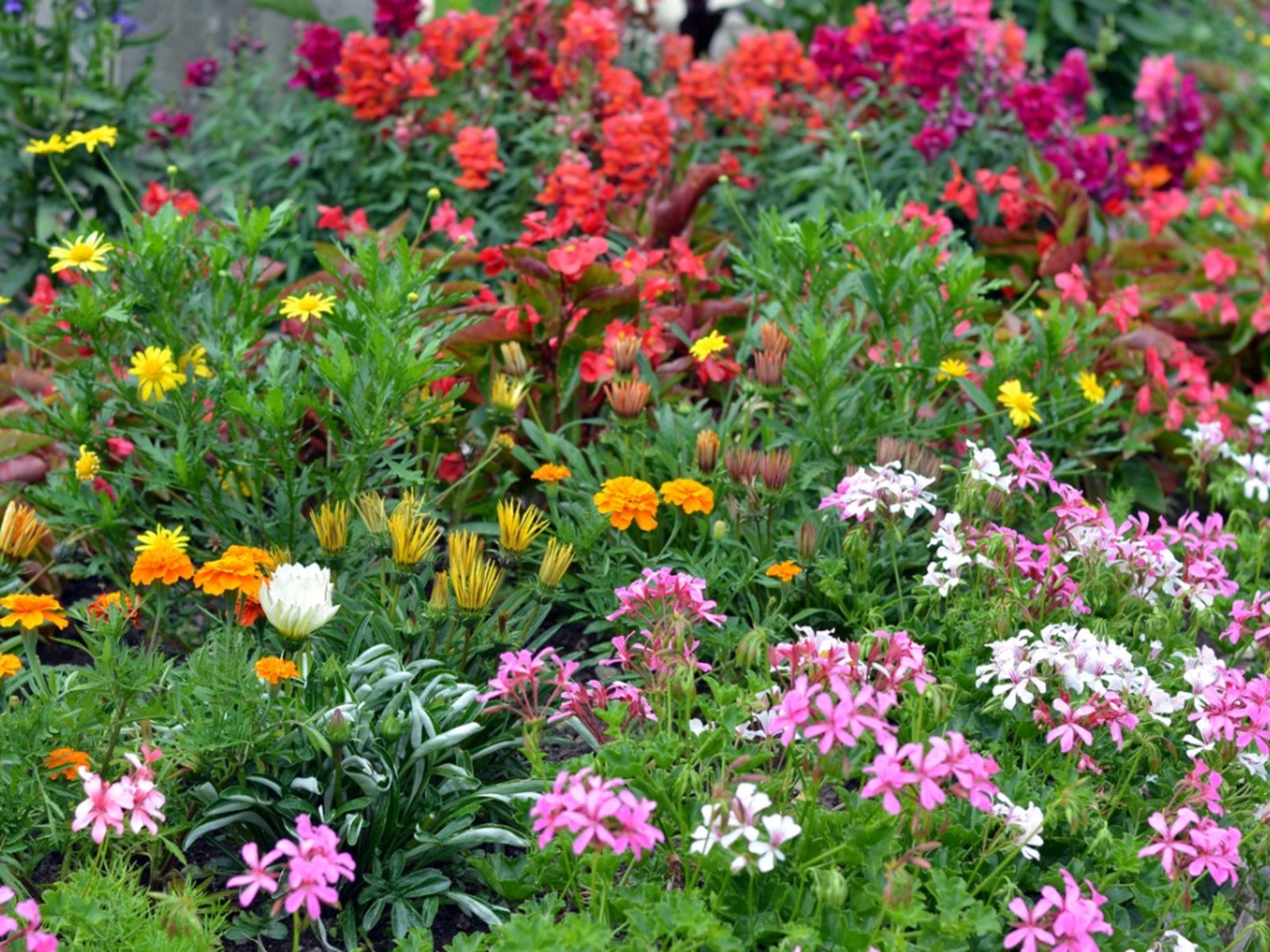Annual Vs Perennial Vs Biennial - Annual Biennial Perennial Meaning


Annual, perennial, biennial differences in plants are important to understand for gardeners. The differences between these plants determine when and how they grow and how to use them in the garden.
Annual vs. Perennial vs. Biennial
The annual, biennial, perennial meanings are related to the life cycle of plants. Once you know what they mean, these terms are easy to understand:
- Annual. An annual plant completes its entire life cycle in just one year. It goes from seed to plant to flower to seed again during that one year. Only the seed survives to start the next generation. The rest of the plant dies.
- Biennial. A plant that takes more than one year, up to two years, to complete its life cycle is a biennial. It produces vegetation and stores food in the first year. In the second year it produces flowers and seeds that go on to produce the next generation. Many vegetables are biennial.
- Perennial. A perennial lives more than two years. The above-ground portion of the plant may die in the winter and come back from the roots the following year. Some plants retain foliage throughout the winter.
Annual, Biennial, Perennial Examples
It’s important to understand the life cycle of plants before you put them in your garden. Annuals are great for containers and edges, but you must understand you’ll only have them that one year. Perennials are the staples of your beds against which you can grow annuals and biennials. Here are some examples of each:
- Annuals– marigold, calendula, cosmos, geranium, petunia, sweet alyssum, snap dragon, begonia, zinnia
- Biennials– foxglove, hollyhock, forget-me-not, sweet William, beets, parsley, carrots, swiss chard, lettuce, celery, onions, cabbage
- Perennials– Aster, anemone, blanket flower, black-eyed Susan, purple coneflower, daylily, peony, yarrow, Hostas, sedum, bleeding heart
Some plants are perennials or annuals depending on the environment. Many tropical flowers grow as annuals in colder climates but are perennials in their native range.
Sign up for the Gardening Know How newsletter today and receive a free copy of our e-book "How to Grow Delicious Tomatoes".

Mary Ellen Ellis has been gardening for over 20 years. With degrees in Chemistry and Biology, Mary Ellen's specialties are flowers, native plants, and herbs.